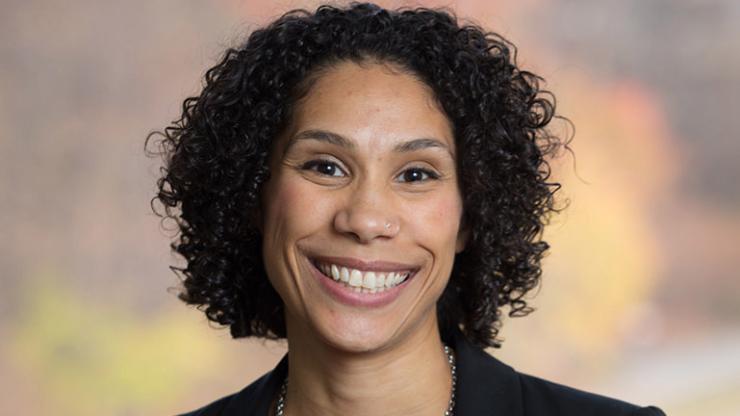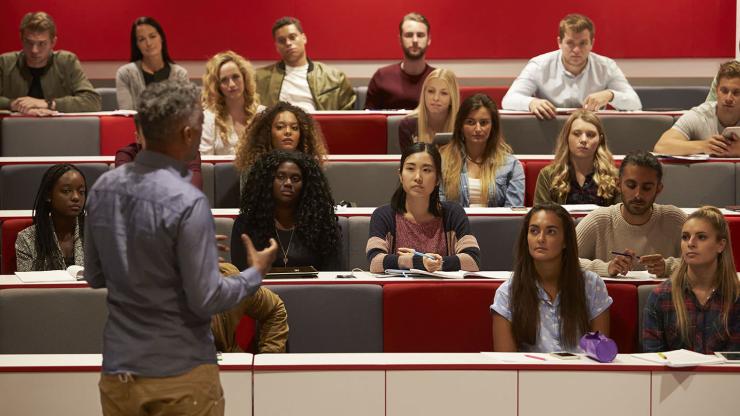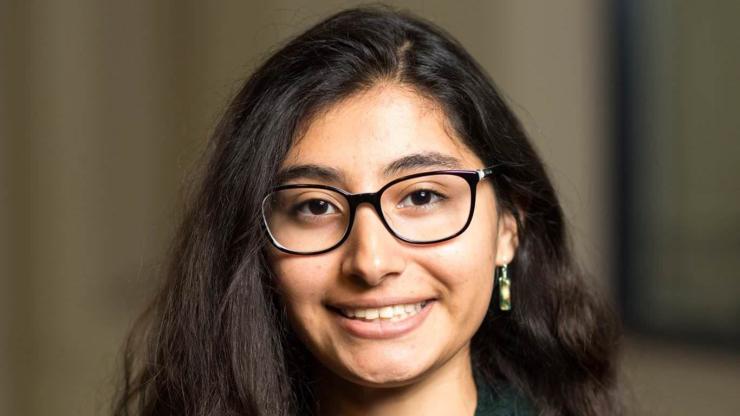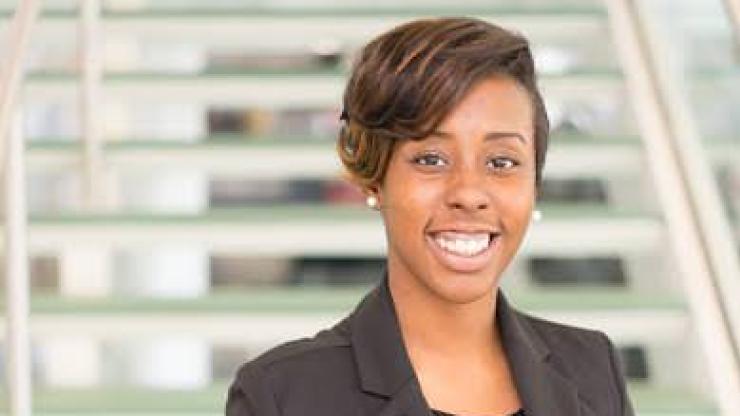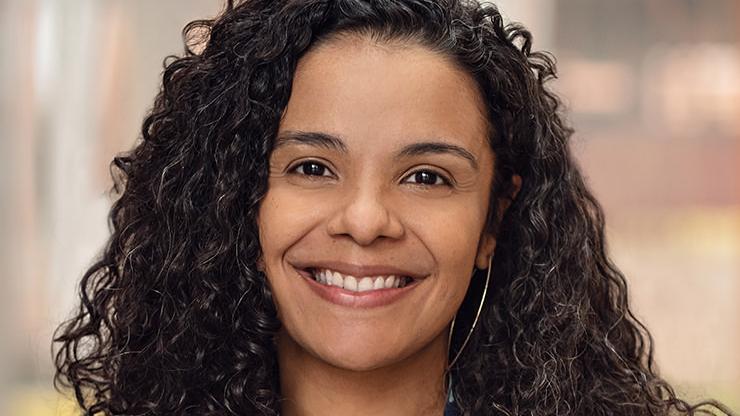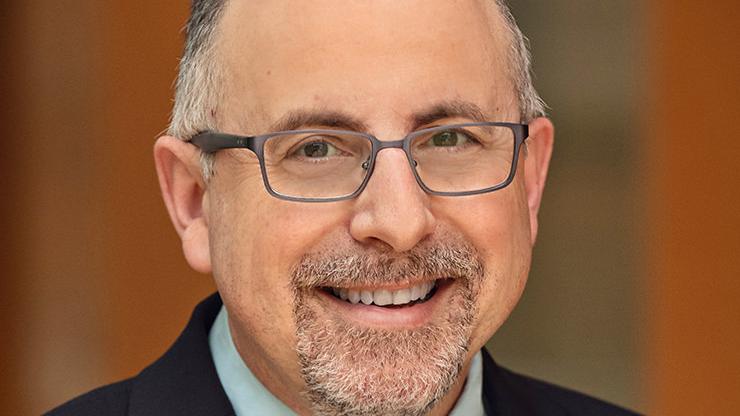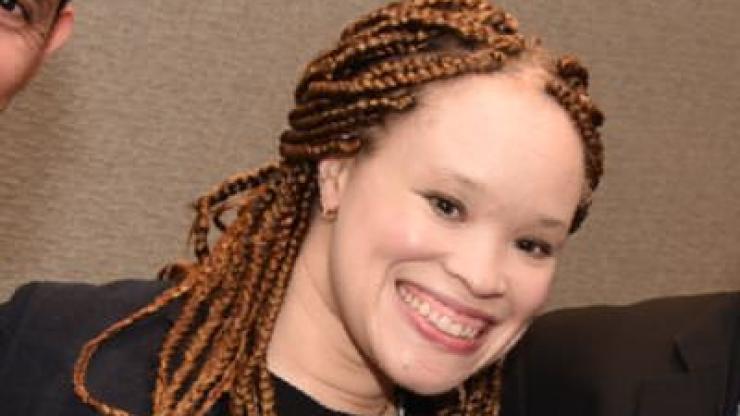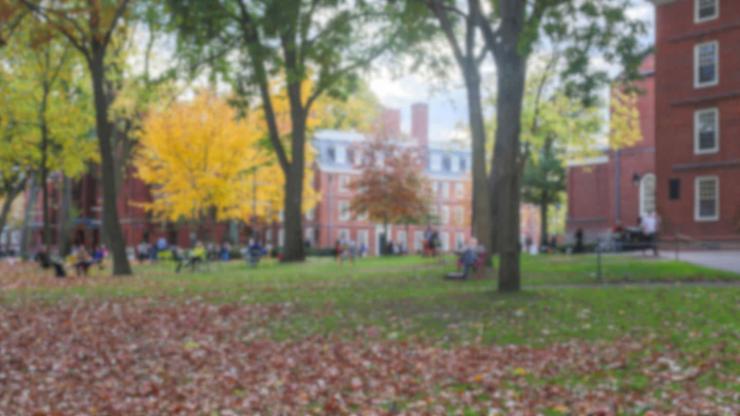CSHPE alumni and colleagues study student attitudes toward returning to campuses in fall
Three alumni of the Center for the Study of Higher and Postsecondary Education and their colleagues wrote an article in University Business that discussed college student attitudes about returning to campus and how they evaluate risks to their health.
The article was co-written by alumni Inger Bergom (AM ’08, PhD ’15), Pelema Ellis (PhD ’11), and Peter Bacevice (PhD ’10) with their colleagues Nathalie Weiss and Hyun Kyoung Ro.
Their preliminary findings were published in the article titled “Are students ready to return to campus in the fall?” Bacevice stated that the team shared their early results so that campus decision makers would have data to help them weigh their re-opening decisions for fall.
“One of the biggest decisions campus leaders currently face is whether to resume in-person classes and activities on their campuses this fall. Even if they choose to do so, they face additional considerations. How much to resume and what precautions to take? Will all activities resume as normal? Will social distancing limit class sizes? Will students be allowed to cheer on their peers in football stadiums? These questions are inherently an assessment of risk and people’s tolerance for it. As long as COVID-19 continues to spread without the availability of a vaccine, campuses face risks to individual and public health,” they wrote.
Campus leaders ought to consider that there may be a disconnect between institutional decisions about risk and undergraduates’ attitudes about risk. Adolescents and young adults are willing to assume greater levels of health-related risks than older adults, they said, and this attitude is rooted in a well-documented “optimism bias.”
The team conducted a nationwide survey of 976 college students at 491 institutions to uncover how the pandemic affected their readiness to start classes in fall, which factors affected their willingness to return, and what advice they would give to campus leaders.
They discovered that about 95% of students surveyed had not tested positive for COVID-19, and about 19% of students knew someone who had the virus. Of the 51 students who had tested positive for COVID-19, 49% of them were “concerned” about the virus.
Among respondents who never tested positive for COVID-19 and know someone who had the virus, 70% of them were concerned. “This suggests that direct knowledge of the virus coupled with the uncertainty of never having experienced the effects of it is associated with a greater level of concerns about its risks,” they said.
Overall, students would like to receive clear direction from their respective institutions, they wrote, coupled with a plan that ensures the health and wellbeing of all people on campus. Students would like to see the campuses adhere to, or supersede, CDC and local guidelines.
Students’ top suggestions included enhancing campus cleaning standards transparently; offering testing and frequent temperature checks; offering hybrid, distance, and online learning opportunities; and requiring students, faculty, and staff to wear masks and gloves while also encouraging frequent handwashing.
“Clear communication channels between administrators and students will be key to facilitating these measures; students look to college and university officials as a source of credible information,” they said, noting that most respondents reported that their schools were doing a good job of providing timely information.
New unfolding situations mean that much is unknown about appropriate solutions. However, survey responses suggest that university students around the country take COVID-19 seriously and that they are concerned about the overall health and wellness of their campus communities. “Most students in our sample (89%) said they planned to enroll in classes this fall. However, just over half of that subset (58%) are ready to return,” the team reported.
“Our survey results indicate that many students are ready and willing to rise to the occasion and make a safe return to campus possible, but they want their schools to do their part too,” they added.

